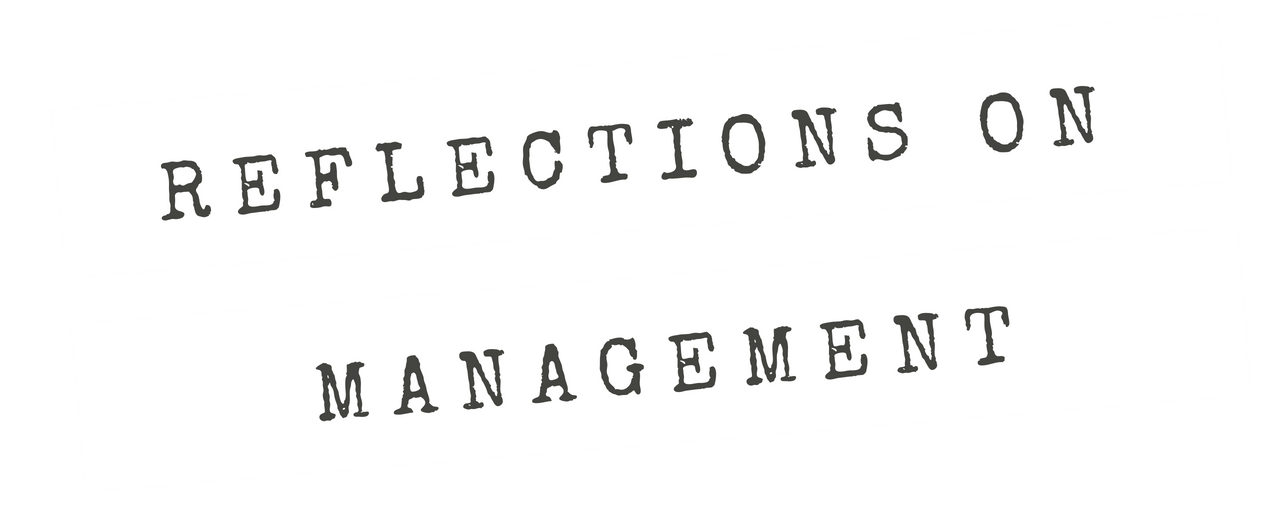If we want the organization to act as one, then synthesis [of opposing perspectives] is the path to unity. … However, that synthesis is only a temporary state.
Season 4, Episode 2 — Click here to download the transcript
How often have you been in organizations that placed high value on conceptions of unity? That everyone needed to ‘row together’ like a crew team or exercise ‘unity of effort’ like a military organization? And then, how often does it seem like the organization is utterly incapable of putting unity into action — that there are persistent or recurring problems that appear causing the organization to fracture and remain fractured in some way?
Real unity is often elusive, such as when the differentiations among the organization manifest themselves in paradox. I open this episode with a quick discussion of Marianne Lewis’ (2000) work in organizational paradox but I carry it a little further to its logical implications. If paradoxical tensions are an inherent part of organizational life, and my own experiences suggest that being a probability, then how do we operationalize unity? I argue that the approach may require a leader’s ability to deliberately manage what Van de Ven & Poole (1995) called the dialectic motor of change, in which the synthesis between two (or more) opposing perspectives brings about change but requires that the leader be prepared and willing to revisit previously solved problems. Although frustrating to the leader, it is necessary lest the vulnerabilities inherent in such synthesis completely undermine the desired change.
Works Referenced:
Lewis, M. W. (2000). Exploring paradox: Toward a more comprehensive guide. Academy of Management review, 25(4), 760-776.
Van de Ven, A. H., & Poole, M. S. (1995). Explaining development and change in organizations. Academy of management review, 20(3), 510-540.


